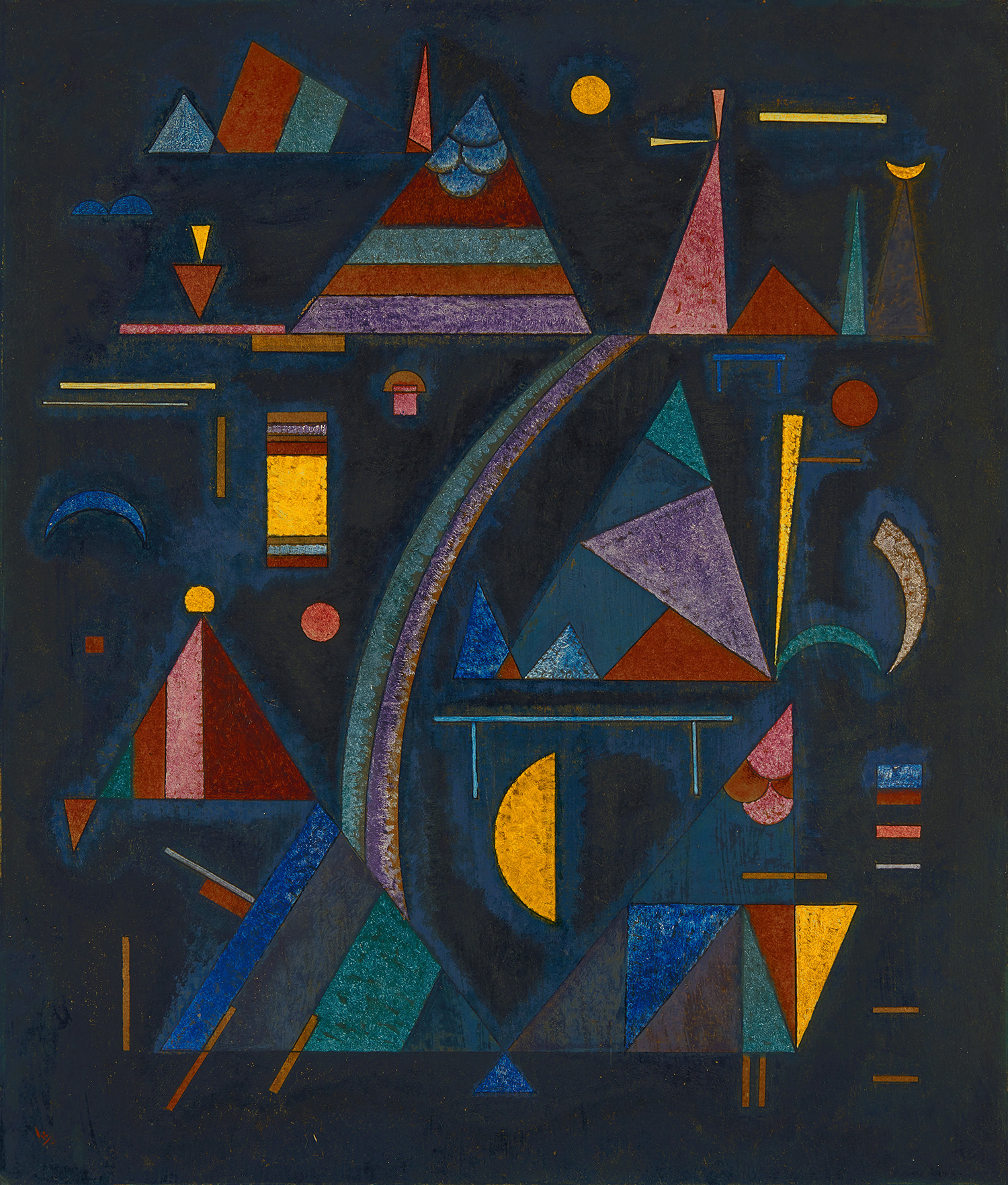

24
Wassily Kandinsky
Fliessend
signed with the artist’s monogram and dated "31" lower left; signed with the artist's monogram, titled and dated "1931 "Fliessend."" on the reverse
oil on board
27 1/2 x 23 1/2 in. (69.9 x 59.7 cm)
Executed in 1931.